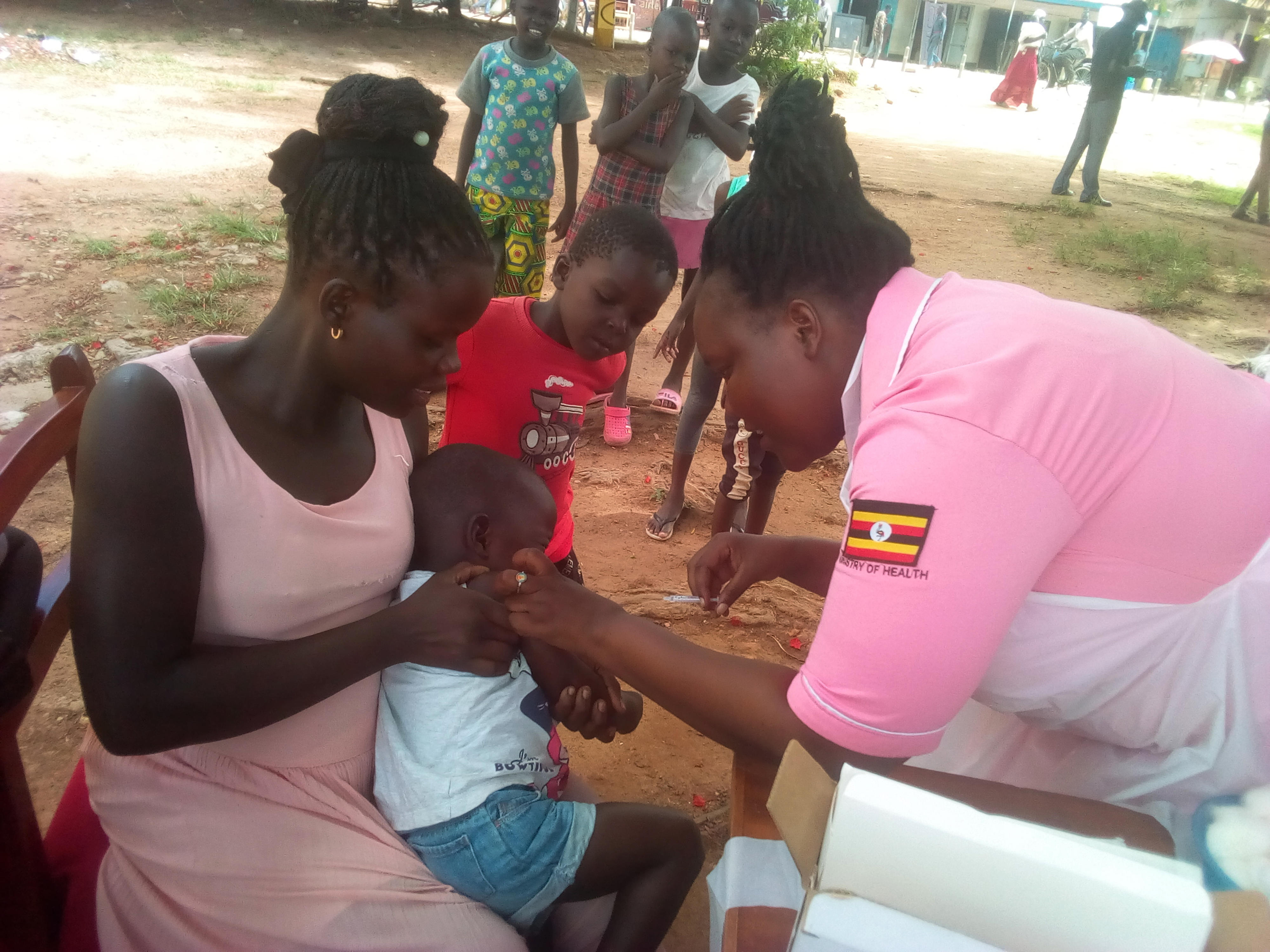Prime
Over 300 diagnosed with diabetes in Kalungu

Patients from Kyamulibwa town council wait to receive medication at Kyamulibwa clinic. Photo | Eve Muganga
What you need to know:
- Dr Joseph Mugisha, Clinical Epidemiologist and Head of GPC Kyamulibwa Field Station, highlighted the trends in diseases like HIV and non-communicable diseases.
More than 300 people in Kyamulibwa Town Council in Kalungu District are living with diabetes, according a recently released report.
“Out of the 5,000 people from Kyamulibwa community, who were screened, 300 were diagnosed with diabetes,” Mr Benard Mpairwe, a research scientist at Medical Research Council (MRC), which conducted the study, said.
This was during the commemoration of the World Population Day at the General Population Cohort (GPC), Kyamulibwa Field Station.
The event held on Thursday, was conducted under the theme ‘Population dynamics and public health: A community conservation’.
Mr Mpairwe, the study coordinator, said while conducting the diabetes study, they were looking at mainly two objectives; to establish the number of diabetic people and also consider the risk factors associated with diabetes in Kyamulibwa community.
“ At the beginning of the study, we thought that probably 2 percent of the people in this rural community would be diabetic, but the findings have so far shown that the problem of diabetes in this community is higher than we initially thought, with 6 percent of the population having diabetes,’’ he said.
He noted: “We have previously known diabetes to manifest in older and oversized people, but the current GPC shows that even normal-sized people are getting diabetes and also younger people.’’
Mr Mpairwe emphasised that knowing your disease status and starting medication early, leads to better outcomes, urging people to get regular screening.
“Diabetes is a health challenge like you would have HIV/Aids, malaria or cancer, among others. However, it is not taken seriously. From the survey that we did, only 85 percent of the population have come for medication, while 15 percent think they are still okay and feel they don’t have conditions that would warrant them to go to the hospital or start medication,’’ he said.
Dr Joseph Mugisha, a clinical epidemiologist and the head of the GPC Kyamulibwa Field Station, said they study trends for diseases, especially HIV and non-communicable diseases.
“We have been able to study the trends of HIV, we know how HIV is spread, how the numbers have changed and the population groups, which are at risk of getting new infections. We introduced ART clinic, which treats people with anti-viral drugs and monitoring how patients with HIV respond to drugs,’’ he noted.
He added that the new infection of HIV is going down, but the prevalence of the number of people living with HIV is also stabilising.
“The prevalence within the GPC is around 6.3 percent although in some age groups, it may be higher than that. The prevalence of HIV is stabilising for several reasons; we don’t have many people who are dying of HIV and in addition, we have very few cases of HIV because when the number of new cases is low and the number of people acquiring HIV is low, it means that the prevalence remains stable, but if the number of new cases is high, and people are also not dying, it means the prevalence will also increase. The new cases are less than one percent,’’ Dr Mugisha said.
To address non-communicable diseases, they have specialised clinics, which run on Tuesdays and Thursdays. “At each clinic, we receive about 100 to 150 people per day with hypertension, and diabetes, among others,’’ he said.





